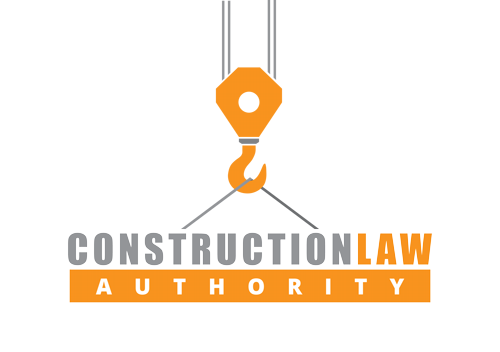Keeping ‘Green’ Contracts Clear
The green building industry is arguably more popular than ever. The number of certified green buildings grows every day across all sectors of the building industry. Unfortunately, the contracts for sustainable projects are sometimes behind the times. Standard construction contracts are often not tailored to address the numerous issues and nuances that may come up on sustainable projects. This potentially puts all contracting parties at greater risk of uncertainty if disputes arise on the job site. Preparation on the front end of a green building is usually the best way to alleviate problems later on, and it starts with the contract. This is true whether the project is one for new construction or for renovations or retro-fitting. First, the contract should be as clear and specific as possible about what the green goal is. Simply using terms like "green building," "sustainable building" or "high-performing building" are not enough, because it is...


 The U.S. Green Building Council’s long awaited updates to the LEED Rating System are almost complete. LEED v4 has been in the works for more than a year. The likely final public comment period for the new rating system ends on March 31st, and voting on the changes is scheduled to begin June 1st.
The U.S. Green Building Council’s long awaited updates to the LEED Rating System are almost complete. LEED v4 has been in the works for more than a year. The likely final public comment period for the new rating system ends on March 31st, and voting on the changes is scheduled to begin June 1st.